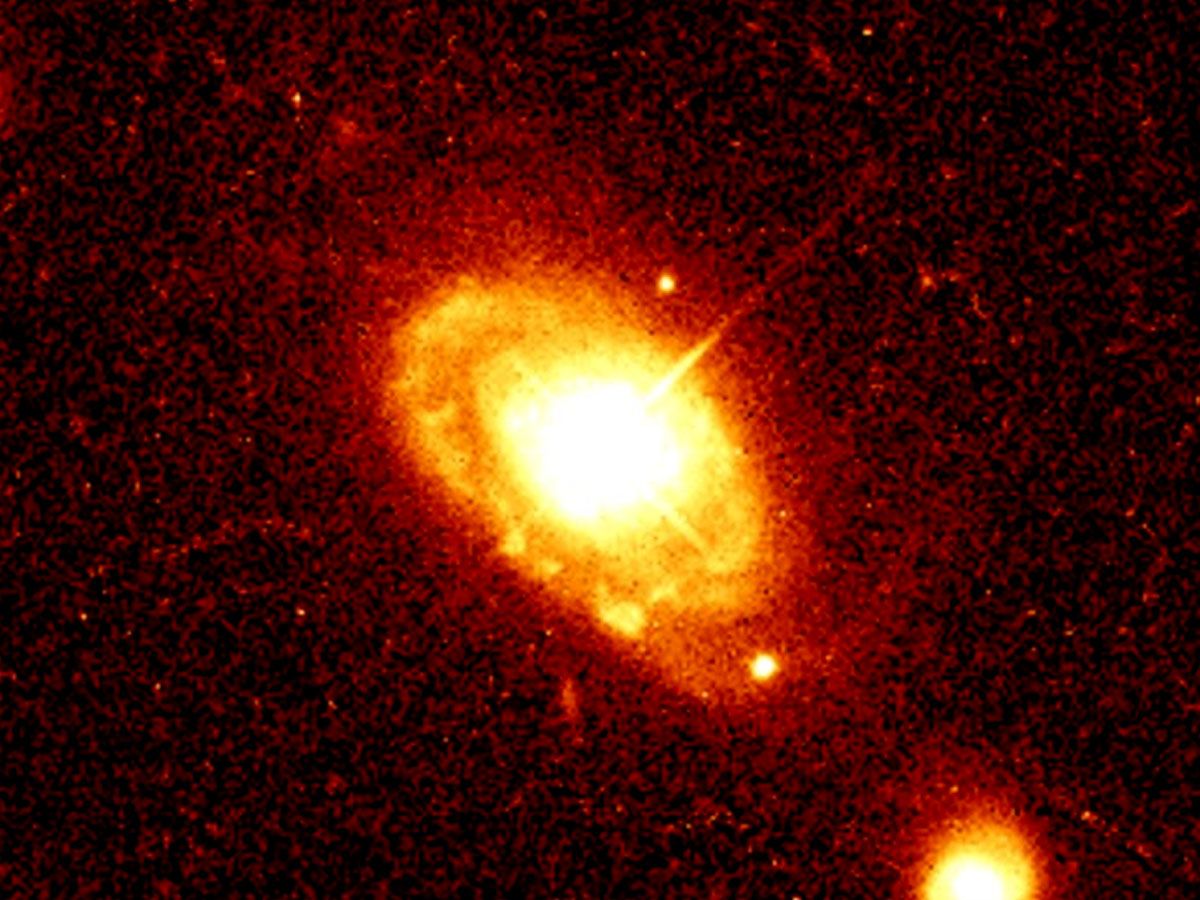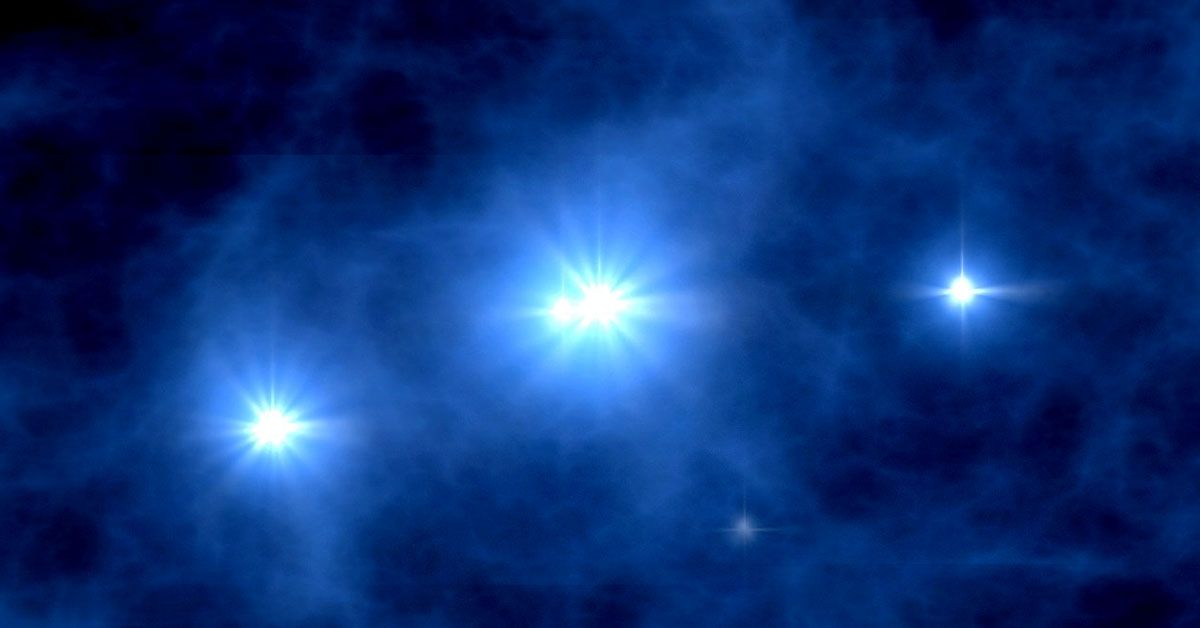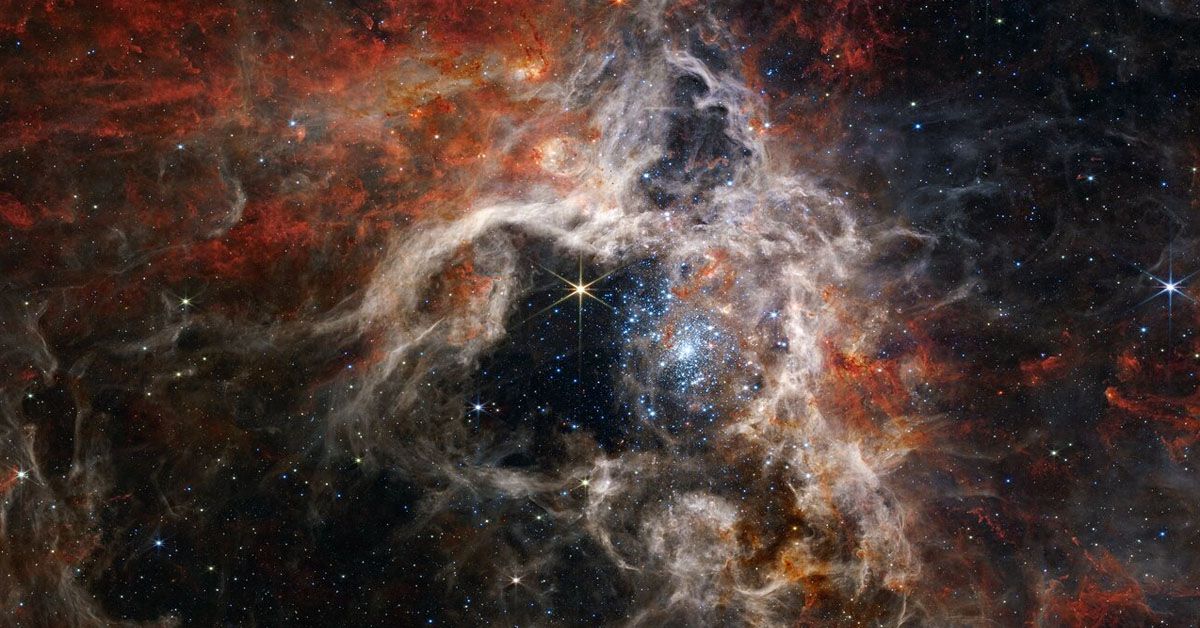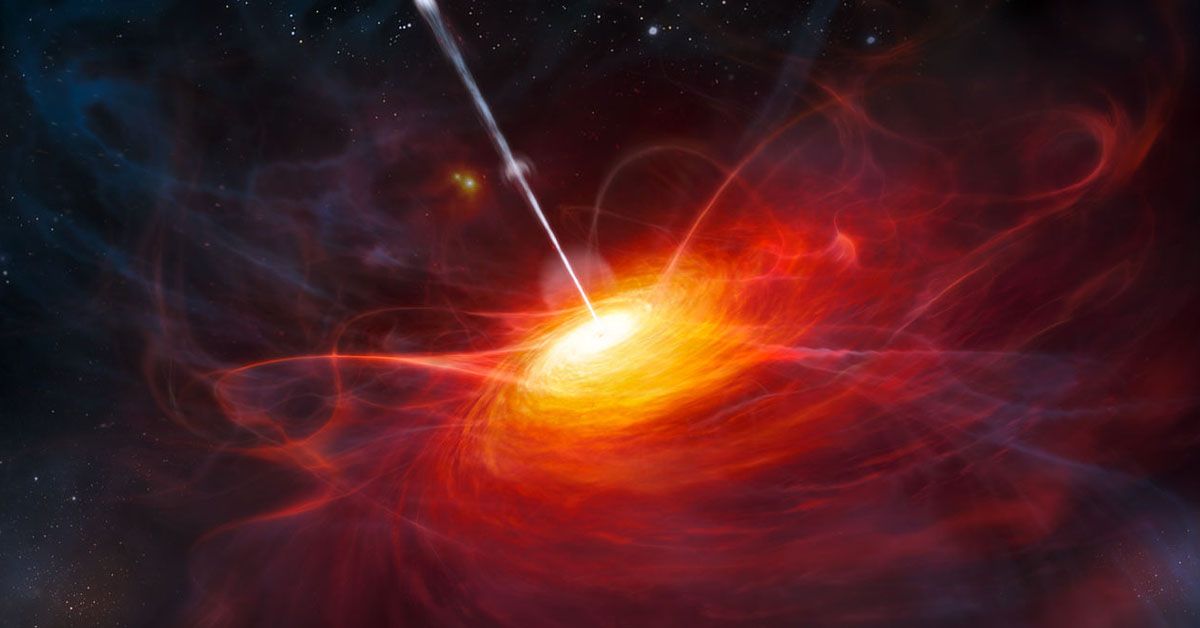The cosmos teems with an assortment of celestial objects, from modest asteroids to gigantic galaxies. However, few subjects in astronomy spark as much intrigue as quasars - those radiant beacons dwelling in the farthest recesses of the universe.
These astronomical marvels, powered by supermassive black holes millions to billions of times the mass of our sun, significantly outshines all stars in their host galaxies.
Yet, their extreme brightness is not their sole claim to fame. Quasars are influential architects of their galactic homes, sculpting them via their potent jets and winds.
As the field of astronomy continues to advance, our tools for probing the universe become increasingly sophisticated. A notable example is the James Webb Space Telescope (Webb), an unprecedented observational instrument poised to unlock the mysteries of quasars and the early universe.
Understanding Quasars
Quasars, abbreviated for 'Quasi-Stellar Radio Sources,' represent some of the most captivating cosmic entities. Their brightness, born from supermassive black holes, effectively turns them into the brilliant headlamps of the universe.
To comprehend a quasar's radiance, imagine a single celestial body outshining every star in its host galaxy. Yes, they are that bright! Aided by their extraordinary luminosity, quasars can be observed even from distances measured in billions of light-years.
While their brightness is a key characteristic, the secret behind it lies in the formidable power of supermassive black holes at the quasars' core. These black holes are colossal, boasting masses millions to billions of times that of our Sun.

However, their size is not the most intriguing part. Instead, it's their 'active' state that differentiates them from other black holes. So, what does an 'active' black hole imply?
It refers to a black hole that is feeding or 'accreting' material, usually from a nearby star or a disk of gas and dust encircling it. As this material spirals in, it heats up and emits an incredible amount of light and energy, transforming the black hole into a brilliant quasar.
The influence of quasars extends beyond mere illumination. They play a crucial role in shaping their host galaxies. As a quasar's black hole feasts on surrounding matter, it emits powerful jets and winds.
These energetic emissions can interact with the galaxy's material, triggering various effects. For example, powerful jets can push gas and dust around, affecting the galaxy's overall structure and evolution.

This gas and dust could otherwise collapse under gravity to form stars, so the quasar's jets can effectively limit star formation.
Moreover, these jets and winds can sweep out large quantities of gas from the galactic core, leaving behind a void. By emptying the central regions of gas, these winds can halt star formation in the galaxy's heart, potentially influencing the galaxy's shape and size over time.
Thus, quasars profoundly impact their host galaxies, driving their evolution and governing their growth.
Studying Quasars with the James Webb Space Telescope
To achieve this ambitious goal, Webb has been armed with remarkable capabilities. Notably, it possesses a keen sensitivity to low levels of light, a trait indispensable for observing quasars that are far-flung in space and time.
The further away an object is, the dimmer it appears, so Webb's ability to detect faint light is crucial for studying these distant quasars.
But Webb's suite of tools doesn't stop at sensitivity. Its angular resolution—the capability to distinguish fine details in an image—is another invaluable attribute.
When we talk about observing quasars, it involves differentiating the light of the quasar from the light of its host galaxy, akin to discerning the glow of a single street lamp amidst the dazzling lights of a sprawling cityscape at night.
Thus, Webb's precise angular resolution facilitates separating the quasar and galaxy light, enabling a more detailed analysis of both entities.

The Webb's unique capacities find their complement in its infrared-tuned instruments. These tools are particularly suited to the exploration of quasars due to a phenomenon called cosmological redshift. But what exactly is this phenomenon?
Picture the universe as a giant loaf of raisin bread dough. As the dough (the universe) expands, the raisins (galaxies, quasars, etc.) move farther apart. Similarly, as the universe expands, light traveling through it stretches, shifting from shorter (blue) wavelengths to longer (red) ones. Hence, the term 'redshift.'
Given that quasars are immensely distant, their light has been stretched—or redshifted—significantly, pushing it into the infrared region of the spectrum.
Here, Webb's infrared-tuned instruments come into play, detecting this redshifted light to offer unique insights into the distant universe.
Tools and Techniques Used in the Study
Key to this exploration is Webb's Near-Infrared Spectrograph (NIRSpec). As an integral part of Webb's payload, NIRSpec is designed to dissect light from celestial objects into its constituent wavelengths, akin to a prism splitting white light into a rainbow.
In the context of our quasar study, NIRSpec will analyze the quasar's light, looking for the fingerprints of "metals"—in astronomical parlance, any element heavier than helium.

These heavier elements were formed in the nuclear furnaces of the first stars and galaxies, so their detection offers a glimpse into the early universe's chemical makeup.
These quasar programs form part of the Guaranteed Time Observations (GTO), a framework ensuring certain scientists' observational time with the Webb.
These privileged individuals include those involved in the development of the telescope's instruments and others whose proposals have been deemed exceptionally worthy by peer review.
Insights Gained from Observing the Quasar SDSS J0100+2802
The image offers a uniquely insightful vista into the universe's narrative. This distant quasar is roughly 13 billion years old, thus its light has traveled across time and space, providing us with a snapshot of the universe's state over 13 billion years ago.
Quasars like SDSS J0100+2802 play a pivotal role as cosmic "flashlights." Their brilliance illuminates the ancient gas that pervades intergalactic space.
By studying this gas and how it interacts with the light from quasars, scientists can derive valuable information about the universe's early composition and the processes that have shaped it over billions of years.
The study of quasars, particularly entities like SDSS J0100+2802, allows us to expand our understanding of the universe's early days.

Once a dark, opaque expanse following the Big Bang, the universe underwent a dramatic transformation with the birth of the first galaxies. These early galaxies, bustling with new stars, began to emit radiation that ionized the surrounding gas, making it transparent.
This pivotal process marked the end of the universe's Dark Ages and ushered in the Era of Reionization. In this light, we can view quasars not only as remarkable cosmic phenomena in their own right but also as significant illuminators and catalysts in the broader theater of cosmic evolution.
A statement from Simon Lilly, an astrophysicist at ETH Zürich, supports these conclusions. Lilly emphasizes the role of galaxies in transforming the universe from its opaque infancy to the transparent expanses we observe today.
As Lilly states, "The galaxies produced radiation that cleared the once-dark universe, ionizing the gas around them and turning it into the transparent gas we are familiar with in the current universe."
Such assertions, coupled with our observations, weave a coherent narrative of the universe's history and evolution.
Sources: webbtelescope.org













